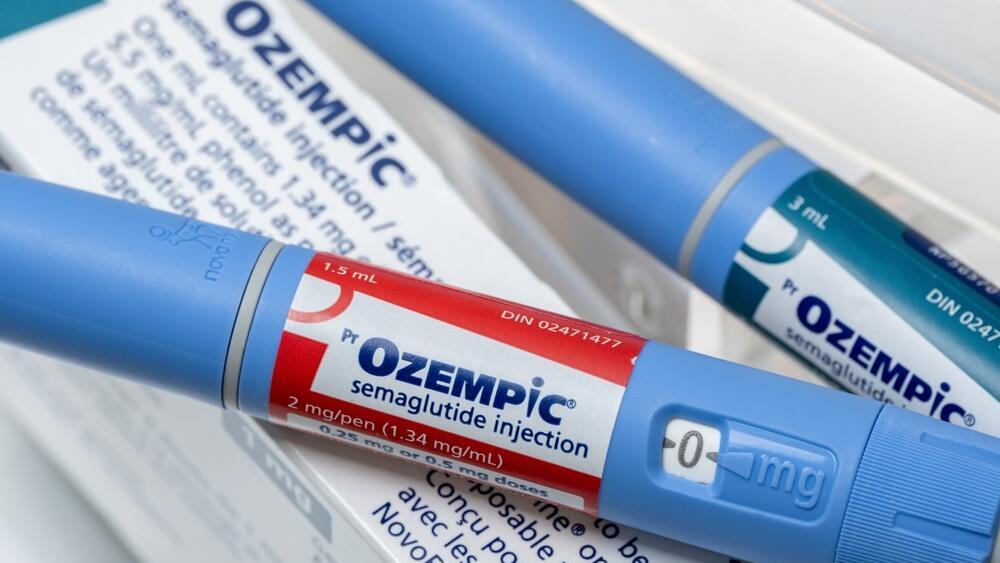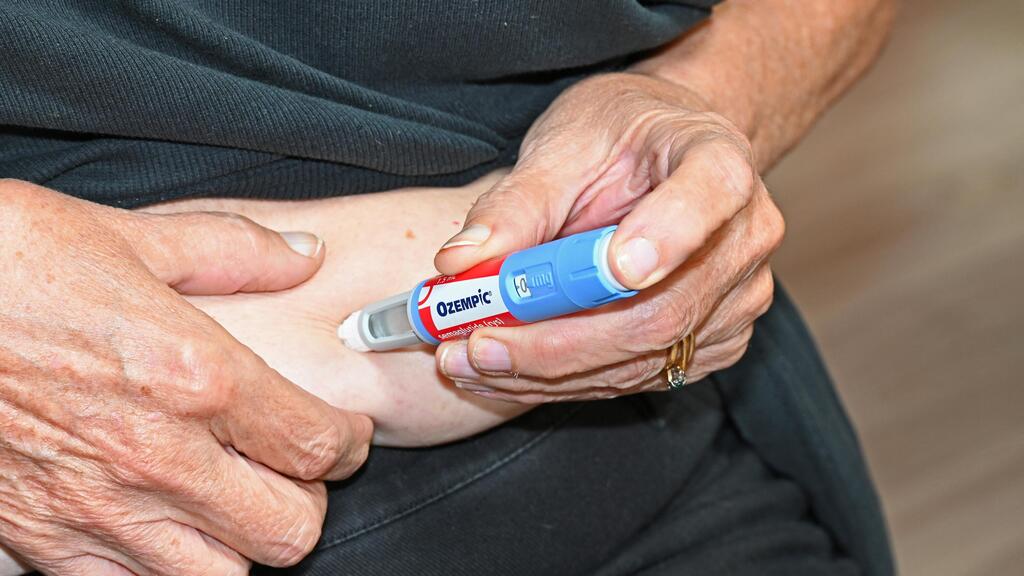Getting your Trinity Audio player ready...
The digital revolution is transforming the landscape of metabolic medicine. Alongside the growing adoption of GLP-1 weight loss medications—which have catalyzed both medical and economic shifts—there is increasing momentum around advanced metabolic monitoring technologies. These include real-time sensors, smart devices and AI-driven algorithms grounded in real-world data.
Integrating these tools into weight loss regimens enables personalized treatment plans, better preservation of lean muscle, more accurate dosing and improved long-term results. It’s a new and rapidly evolving approach that bridges science, technology and personalized healthcare.
In recent years, awareness has grown that impaired metabolism impacts far more than weight alone—it is linked to chronic conditions such as type 2 diabetes, cardiovascular disease,and systemic inflammation. As such, precise metabolic monitoring not only supports weight management, but can also serve as an early warning system for broader health risks. The key question becomes: can medical and technological approaches be combined to improve outcomes?
Metabolic assessments now rely on technologies capable of analyzing the body’s real-time energy expenditure, its use of fat, carbohydrates or proteins as fuel, and their impact on metabolic rate. Previously confined to academic research labs, these capabilities have become increasingly accessible—both in clinical settings and in patients' homes. Wearable sensors, portable metabolic analyzers and AI-powered platforms form the foundation for personalized nutrition, treatment and fitness strategies.
While GLP-1 medications show great promise, they are not without challenges: gastrointestinal side effects, loss of muscle mass, high costs and, in some cases, post-treatment weight regain. Technological integration can help mitigate some of these issues.
Preliminary data shows that patients using metabolic monitoring tools tend to manage weight loss more effectively, maintain muscle mass and receive better-tailored dietary and lifestyle recommendations.
A significant advantage of this integrated approach is the ability to fine-tune medication dosages in response to the individual’s real-time physiological state. This not only reduces potential side effects but may also lower overall treatment costs. There is also evidence that continuous monitoring increases patient engagement—a critical factor in achieving sustained lifestyle change.
A new market is born
Against the backdrop of a medical revolution driven by GLP-1 drugs, an entirely new and expansive economic market is emerging. According to the Centers for Disease Control and Prevention (CDC), obesity costs the U.S. healthcare system nearly $173 billion annually. In 2023, approximately 4 million U.S. adults—about 1% of the adult population—were regular GLP-1 users. By 2030, that number is expected to grow to 13 million (4.8%), with as many as 48 million Americans (17%) expected to try these medications.
Get the Ynetnews app on your smartphone: Google Play: https://bit.ly/4eJ37pE | Apple App Store: https://bit.ly/3ZL7iNv
Pharmaceutical giants are already experiencing a surge in demand. At the same time, governments, insurers and employers are beginning to recognize the economic potential of improving public health through weight reduction. But it’s not only pharma companies that stand to benefit—an entire ecosystem is forming around these medications: companion apps, metabolic monitoring devices, digital communities, private clinics and complementary technologies. The trend is clear: healthcare is shifting from reactive disease treatment to proactive, personalized prevention. Consumers are leading the charge.
 Dr. Merav Mor Photo: LinkedIn
Dr. Merav Mor Photo: LinkedInThis shift carries not just clinical but structural economic implications for the healthcare industry as a whole. Still, it is important to note that these technologies are not yet part of standard clinical practice. Barriers such as cost, the need for professional supervision and adherence challenges remain. Yet, as often seen in digital health, what begins as complex and premium can evolve over time into widely adopted, accessible tools.
The integration of metabolic monitoring and pharmacotherapy is not a silver bullet—but it represents a meaningful paradigm shift: from one-size-fits-all to data-driven personalized care. As clinical experience grows and long-term outcomes become clearer, this may prove to be one of the most promising directions in the future of metabolic health and improved quality of life.




